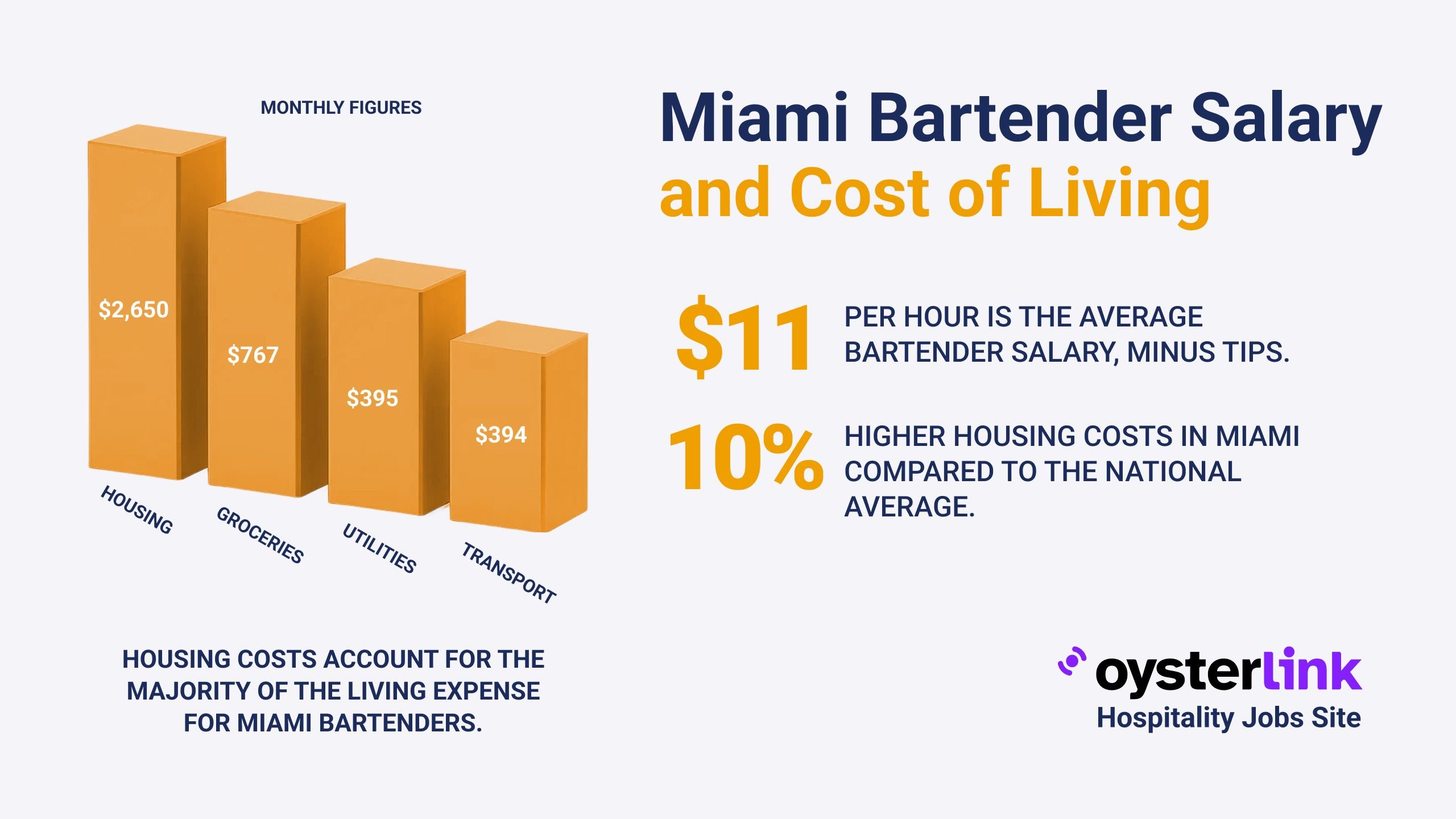San Antonio Living Wage vs Cashier Salary: Key Takeaways
- Average cashier salary in San Antonio is about $29,365 annually ($13.15/hour), while a comfortable living for a single adult requires $86,694 yearly ($41.68/hour).
- San Antonio's cost of living is 9% below the national average, with housing 21% cheaper but healthcare 11% more expensive.
- Strategies to bridge the wage gap include wage adjustments, cost-of-living reviews, employee benefits, and career advancement programs.
The gap between cashier pay and a living wage in San Antonio is wide, creating financial stress. Exploring solutions grounded in cost-of-living data is vital to help workers thrive.
For employers looking to address this issue effectively, understanding how to hire a cashier is an essential first step.
This article breaks down the numbers and outlines strategies for employers and policymakers to close the income gap.
1. Comparing San Antonio Cashier Salaries to Living Wages
In San Antonio, the average cashier earns approximately $29,365 per year, which works out to about $13.15 per hour. This wage reflects typical earnings for entry-level retail workers but falls short when compared against living wage data.
Employers interested in better understanding this role may explore the cashier job description to optimize hiring and job design.
A recent 2025 study estimates a single adult income in San Antonio requires $86,694 annually—$41.68 hourly—to maintain a comfortable standard of living. This substantial difference highlights the financial strain many cashiers face.
For families, the gap widens even further. A family of four needs a combined income of about $199,181 annually to cover necessities, discretionary expenses, and savings, far exceeding typical cashier salaries.
2. Understanding the Cost of Living in San Antonio
San Antonio generally offers a lower cost of living compared to many U.S. cities. The overall cost of living is about 9% below the national average, making it relatively affordable.
Housing costs—in one of the largest monthly expenses—are roughly 21% less expensive than the average U.S. city. This factor supports affordable living opportunities, especially for those with fixed or modest incomes.
However, healthcare costs in San Antonio are about 11% higher than the national average, adding a significant expense for many residents. Additionally, the median household income stands around $62,917, which remains below the income suggested for a comfortable life for an individual adult.
Employers looking to provide competitive compensation in such an environment can consult cost of living guides and strategies to keep up with economic changes.
3. Bridging the Gap Between Cashier Salary and Living Wage in San Antonio
Wage Adjustments
One of the most direct approaches is to increase wages for cashiers. By aligning pay more closely with the living wage, employers can help employees meet essentials without financial stress.
Raising wages not only benefits workers but can reduce employee turnover and improve job satisfaction, fostering a more stable workforce.
To effectively implement wage upgrades, employers may benefit from tips on hiring high performers to maximize the impact of their investment.
Cost-of-Living Adjustments
Instituting regular salary reviews to incorporate cost-of-living changes ensures employees’ purchasing power is not eroded by inflation or rising expenses.
Automatic adjustments linked to reputable cost-of-living indices help wages stay competitive over time and protect workers from economic shifts.
Employee Benefits Packages
Offering comprehensive benefits such as healthcare support, transportation subsidies, or housing assistance can significantly ease employees’ financial burdens.
These benefits provide additional value beyond hourly wages and contribute to employees’ overall quality of life.
For example, offering specific employee benefits packages tailored to hospitality can improve retention.
Career Advancement Opportunities
Investing in training programs and career development enables cashiers to advance to higher-paying roles within their organizations.
Such opportunities motivate employees to grow professionally, improving job satisfaction and increasing earning potential over time.
Employers might consider providing pathways to related roles like restaurant manager or exploring building a restaurant career to nurture talent internally.
4. Importance of Addressing the Wage Gap for San Antonio Cashiers
The gap between cashier salaries and living wages is not just a financial issue—it affects mental health, community stability, and economic mobility.
Cashiers earning less than a living wage may struggle to afford basic necessities, depriving families of adequate healthcare, nutrition, and housing.
Closing this gap fosters a healthier community by reducing stress, improving well-being, and promoting economic resilience.
Understanding the importance of employee support programs can further enhance workplace satisfaction and stability.
5. Using Data to Inform Pay and Policy Decisions in San Antonio
Employers and policymakers can leverage cost-of-living data to set fair wages and benefits that reflect real-world expenses in San Antonio.
Data-driven decisions ensure compensation keeps pace with living costs and empower workers to build financial security.
Transparency and regular updates to pay structures based on accurate data strengthen trust and support a sustainable local economy.
To facilitate this process, employers can use resources like the cost of hiring employees and strategies insights.
6. Resource Links for San Antonio Living Wage and Employment Info
- U.S. Department of Labor: Fair Labor Standards Act (FLSA)
- Texas Workforce Commission: Labor Law Information
- City of San Antonio: Economic Development Department
Conclusion: San Antonio Living Wage vs Cashier Salary – Bridging the Gap
The disparity between the average cashier salary and the living wage in San Antonio underscores the need for targeted solutions.
By combining wage adjustments, cost-of-living indexed pay, robust benefits, and advancement opportunities, employers can support their workers’ financial well-being.
Effective collaboration between businesses, local government, and community organizations is essential to create a sustainable path toward economic security for cashiers and all San Antonio residents.
Employers seeking to optimize their workforce might benefit from understanding restaurant staff hiring strategies that can be adapted for cashier recruitment and retention.

.png)

.png)
.jpg)